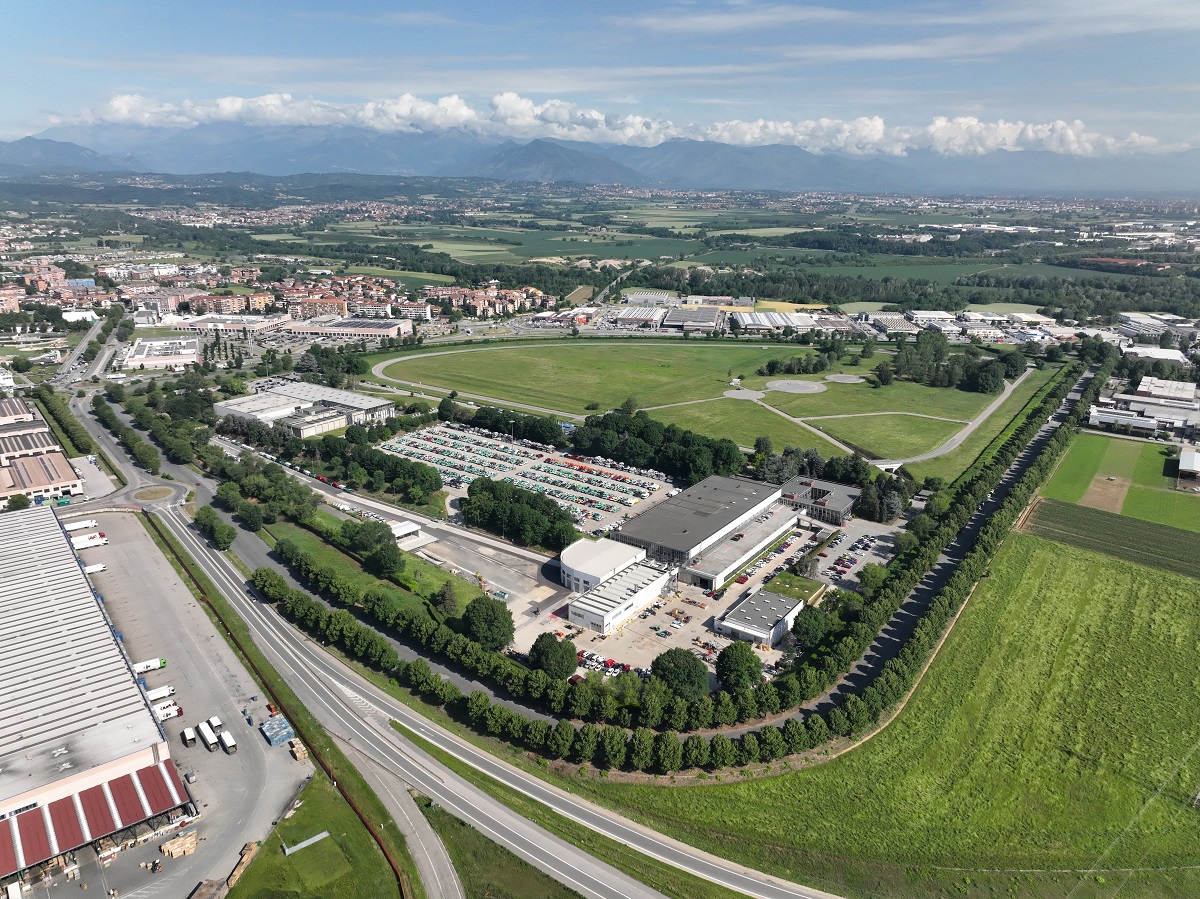Stellantis is expanding its “moving ground plane” technology for wind tunnels into the U.S. intending to greatly improve electric-vehicle aerodynamics.
The automaker says its latest investment of more than $35 million into two test facilities is aimed at “creating cutting-edge vehicles that deliver clean, safe and affordable mobility.” This supports the automaker’s long-term strategy to achieve market-leading EV performance and the highest level of autonomous-driving technology.
These investments, among other R&D CapEx, are part of the company’s goals of its Dare Forward 2030 strategic plan, notably a 50% reduction in carbon emissions from 2021 levels by 2030 and carbon net zero emissions by 2038.
The recent investments include Stellantis’ wind tunnel in Auburn Hills, MI, which gets the bulk of the monies and is being scaled up with the addition of moving ground plane technology, simulating on-road travel and providing improved aerodynamics measurement of vehicles, to extend battery-electric-vehicle range and performance.
Belts enable wheel movement at all four corners of the vehicle while a fifth belt runs beneath the vehicle as if it were rolling over a roadway. Moving ground plane technology also enables measurement of ventilation drag, which is the resistance associated exclusively with wheels and tires in motion. It accounts for up to 10% of total, real-world aerodynamic drag.
The existing aerodynamic test facility in Auburn Hills generates wind speeds up to 140 mph (225 km/h) while the moving ground plane installation, part of an estimated $85 million commitment included in Stellantis’s 2019 contract with the UAW, is scheduled to become operational in 2024. This facility is part of a global network of the company’s centers also equipped with moving ground plane technology, including two facilities in Europe.
The Orbassano Safety Center, near Turin, Italy, will see $5.3 million invested in full integration with digital engineering processes and upgrading to host four test tracks with four impact points and capabilities for full testing of BEVs and automated-driving technology for passenger cars, trucks and light-commercial vehicles.
The facility (pictured, below) currently runs at least two crash tests a day and is on track to test more than 275 EVs this year. Vehicles tested can be certified to meet more than 175 international safety and technological standards.

The impact zone of the test tracks is fitted with a Messring movable block for front and side-impact tests and also includes the passenger-side small overlap test being used by the Insurance Institute for Highway Safety. Orbassano’s test tracks include a computer-driven camera positioning system with 13 movable outboard camera locations over the impact point. The tracks include the capability for underbody high-speed video, while up to five cameras can be mounted on board the test vehicle.
The new tracks are ready to accommodate future test modes related to the introduction of automated driving functions on all types of vehicles. Orbassano’s facilities include static and dynamic test fixtures for factors such as pedestrian impact, roof crush and rollover, and test sleds to evaluate seating and vehicle interiors. Seat and interior testing become more critical as the adoption of future automated driving technologies holds the potential for new cabin seating configurations.
Harald Wester, Stellantis chief engineering officer, says: “Our world-class tech hubs across the globe are doing the work today that will make tomorrow’s Stellantis vehicles industry leaders in capability, performance and safety. It gives us a comprehensive view of the challenges and enables us to consider and refine a full menu of mobility solutions that will put us in the front row of the race to innovate and improve.”





